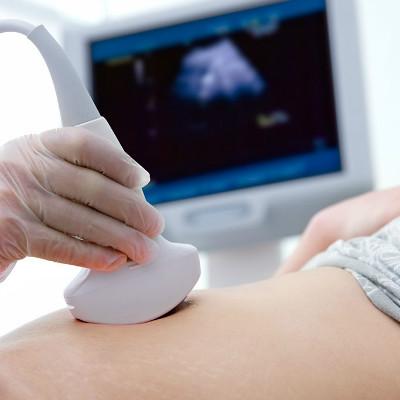Symptoms of bladder diverticulum?
summary
Diverticulum of bladder is a kind of bladder pouch which protrudes from the muscle layer of bladder wall. It can be divided into congenital and secondary (acquired). Congenital diverticulum of bladder contains muscle fibers, while acquired diverticulum is mostly secondary to lower urinary tract obstruction. Without complications, bladder diverticulum * has no special symptoms, such as obstruction, urinary retention, infection, stones, rupture and diverticulum cancer. It can produce dysuria, lower abdominal pain, hematuria, frequent urination, urgency of urination and urinary tract infection. The main treatment is to relieve lower urinary tract obstruction and control infection. Now let's talk about the symptoms of bladder diverticulum?.
Symptoms of bladder diverticulum?
First, if there are no complications, bladder diverticulum has no special symptoms, such as obstruction, infection, can appear dysuria, frequent urination, urgency, urinary tract infection and other symptoms. Some diverticula can compress bladder neck and urethra, leading to lower urinary tract obstruction.

Second: diverticulum without muscle contraction can lead to poor urine drainage, easy to be accompanied by ureter bladder reflux, can appear one or both sides of hydronephrosis, eventually leading to renal failure. There were also congenital huge diverticulum without urinary tract obstruction. Because there are few muscle fibers in the wall of bladder diverticulum, the urine in the huge diverticulum can not be excreted during micturition, which can lead to secondary micturition.

Third: some patients suffer from hematuria due to infection in the rest room. A few patients can cause urinary retention due to large diverticulum after bladder neck compression, and cause * constipation by pressing the rectum, causing difficult labor by pressing the uterus.

matters needing attention
Conservative treatment is mainly to relieve lower urinary tract obstruction and control infection. At present, transurethral incision of diverticulum neck and electrocautery of diverticulum mucosa are preferred to drain urine in diverticulum, especially for elderly patients with more complicated diseases, patients with previous history of abdominal surgery or radiotherapy, and patients with anticoagulant therapy. If the effect is not good, open or laparoscopic / robot assisted laparoscopic diverticulectomy should be considered. If the diverticulum is huge and the ureteral orifice is close to or in the diverticulum, the diverticulum should be resected, and the ureterovesical replantation should be performed to prevent reflux. Attention should be paid to repair the muscle defect of the bladder at the ureteral orifice, and the diverticulum does not need to be resected.












